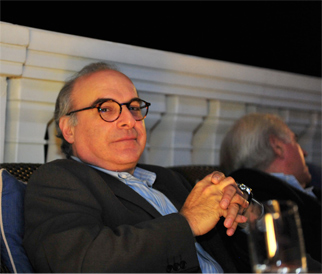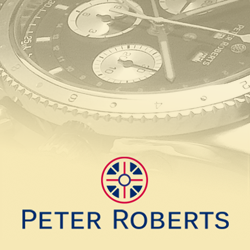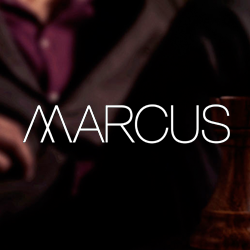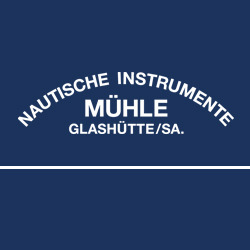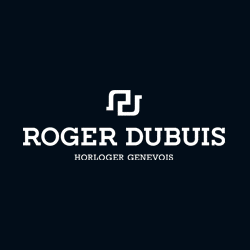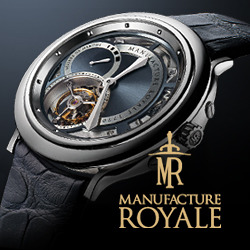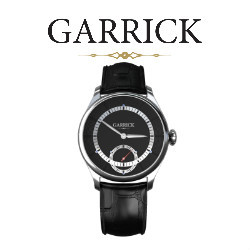There’s a delicious irony to London’s Bond Street. It ranks as one of the world’s greatest shopping districts, particularly for watches and jewellery, and yet the UK is the least adventurous market for watches in Europe. But the mystery as to why it exists in London is resolved quickly for those with keen ears: the accents they hear range from Chinese to Russian, Japanese to American. Although every visitor’s home country has world-class shopping areas – Fifth Avenue, Via Montenapoleone, Rodeo Drive, the Nathan Road, Place Vendôme – there’s something special about making a purchase on Bond Street.
Its shops range from the ultra-traditional, with ‘By Appointment to the Queen’ status, to Bauhaus modern, each the by-product of centuries of selling to the most discerning clientele in the world. One retailer emphasised the international importance of Bond Street by pointing out that around 30-to-40 percent of his store’s customers are not U.K. residents. Another said that much of the street’s success is due to its proximity to the Ritz, Fortnum and Mason, to world-renowned galleries and arcades – all part of a route which visitors might follow on a casual wander around London’s classiest district. Best of all, the stores exemplify that peculiarly British type of soft-sell, an experience found nowhere else in the world.
If you were to walk its length – Old Bond Street starting at Piccadilly, becoming New Bond Street a block or two northward, and remaining so all the way to Oxford Street – you would notice that the watch stores seem alternate with shoe and clothing stores. As one famous store owner observed, preferring to remain anonymous for fear of eliciting charges of sexism, ‘It’s probably deliberate. Watches are primarily masculine toys, and clients don’t like to be rushed when they’re considering, say, a tourbillon with a price of £180,000, when there are four dial colours available, and a choice of case materials. So it’s best to distract an impatient partner, letting her indulge without chaperon in Hermes or Dolce & Gabbana.’
Marcus, the excruciatingly hip store on the southern part of New Bond Street, took this a stage further: just as the men wish to savour the watches, so, too, do the women wish to linger at the clothes shops of their choice. The upper levels at Marcus house what is effectively a ‘gentleman’s club’ for men who wish to pass the time while their wives or partners are lost in ‘shoe heaven’. Backgammon, a home theatre, a kitchen designed by Marco Pierre White, a massive humidor filled with Cohibas and Romeo & Julietas, fine wines and other distractions are available to amuse the customer who, inevitably, has to wait for his other half as she fails to wrest herself away from the handbags or scarves found elsewhere on Bond Street.
Marcus opened in late 1999; in the interim, the store has established a reputation for possessing one of the most flamboyant selections in London. Its specialties include rare Franck Muller models, a comprehensive selection of Hublot’s hot new Big Bang watches, myriad Audemars Piguet Royal Oaks, all manner of chic Alain Silberstein pieces, the extremely macho Richard Mille watches and others that eschew conservatism.
More conventional but no less impressive for their extensive ranges are Watches of Switzerland, with a number of premises on the street, starting at No.1 Old Bond Street and sharing a corner with Piccadilly, and Wempe, the London outpost of Germany’s top chain of watch vendors toward the Oxford Street end. Both provide the sort of experience that blesses the customer with a sense of security, and their reputations are such that they can boast exclusive pieces, special displays and ‘event’ evenings. Jaeger LeCoultre, for example, has launched new models at Watches of Switzerland, while A. Lange & Sohne has an enduring ‘special relationship’ with Wempe, along with other major German brands such as Glashütte and Nomos.
For watch lovers with specific tastes, Cartier, Rolex, Patek Philippe, Breguet, Harry Winston, Omega, Montblanc, Chopard, De Grisogono and Bulgari are among the watch houses that have dedicated, own-brand boutiques. This, of course, provides advantages of which each brand’s devotees are more than aware: own-brand boutiques, as a rule, have the broadest selections in stock – often entire ranges that are too much for multi-brand stores to carry – and the staff know their products inside-out, not having to ‘learn’ a dozen or more catalogues.
At Rolex, for example, Branch Manager Brian Boxall will answer any questions you might have about the world’s most famous watches, including vintage pieces, and he’s an ideal source of dependable information if you want to know about the inevitable waiting lists for the hottest models. (Yes, it’s still five years for steel Daytonas, while Boxall predicts high demand for the revived Prince line.) At Cartier, the charming Olesia Jezova will explain to you the variations in the classic Tank line, or guide you through the Santos models.
That’s another thing about Bond Street: its reputation is such that it attracts the most knowledgeable sales personnel, industry ‘characters’ such as Marcus’ Chris Cameron-Gudge, who was among the first to spot the potential in the Hublot Big Bang. If removing the worry and stress is the key to a successful purchase, then Bond Street is peopled with individuals able to guide you away from the wrong piece or toward the one that’s just right for you.
Surrounding Bond Street are restaurants, car showrooms, gourmet chocolate shops and more, but the intrepid watch collector will invariably find that the area is also rich in vintage timepieces. Five minutes to the south is Somlo Antiques, one of the finest vintage watch stores in the world, while back toward Oxford Street is David Duggan, known for ‘pre-owned’ watches from the major brands.
As for the charm, the magic of buying one’s watch on Bond Street? That indefinable something that doesn’t involve a specific store or salesperson or brand? We can only imagine that it has something to do with making the purchase on the slice of the planet where people live according Greenwich Mean Time – the root of all timekeeping.
(47 Park Street, 2006)
